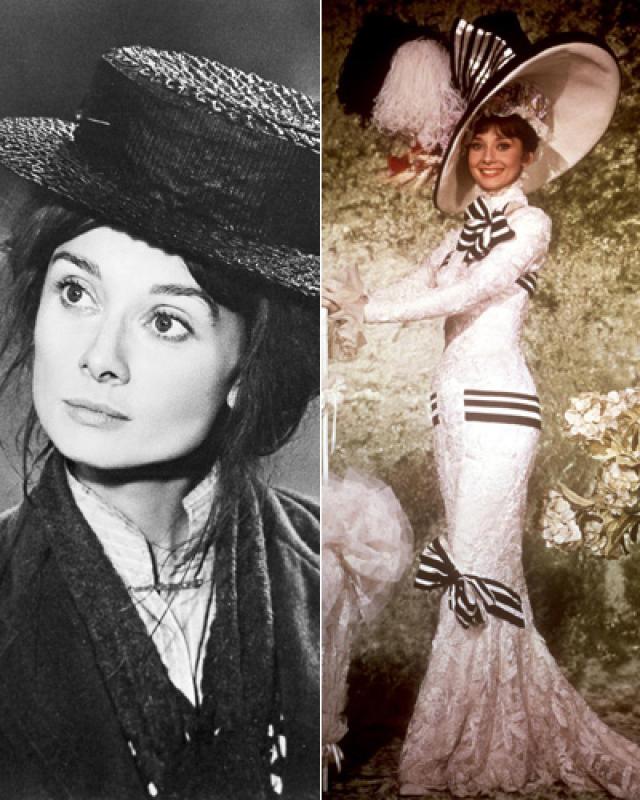In ”Pygmalion”, Henry Higgins is Shaw’s Pygmalion and Eliza Doolittle is his Galatea. Henry Higgins teaches Eliza how to speak proper English and shapes her to fit into the middle-class morality from a ”guttersnipe” just as Pygmalion creates a beautiful statue from an ugly piece of rock.
While the transformation of Eliza is in process Higgins uses many phonetical instruments such as a phonograph, a laryngoscope, a row of tiny organ pipes with bellows, a set of lamp chimneys for singing flames for burners, etc.
Before Eliza first encounters Mr. Higgins, she has been simply a dirty, yet caring girl. During her time with both Mr. Higgins and Colonel Pickering, Eliza did change, for the first few weeks of her stay in Wimpole Street; she questions everything that Higgins asks her to do, and generally couldn’t see how they would help her.
Later, Eliza begins to understand that Higgins, as harsh as he is, trying to do his best to teach her, and therefore should be respected. After the ambassador’s ball, we see more of the old Eliza resurfacing. Eliza’s basic character remains relatively unchanged.
Act I of the play first introduces the reader to the rich of London. The author, Bernard Shaw, uses these well-moneyed citizens to display the contrast between them and Eliza. It becomes apparent that she is very poor, and needs success from her flower selling to live a life at all. Eliza shows great pride in her line of work, and that she stays above the law, not resorting to illegal prostitution or stealing.
Another way that Shaw shows us the real Eliza is in the way that she starts crawling over the dirty ground to locate the money thrown down at her by Higgins. She now realizes that she can ask Mr. Higgins to help her fulfill her dream and become a lady in a flower shop: an occupation for which she is not visually or phonetically suited.
When Eliza first comes to Higgins to learn how to speak properly, professor Higgins asks her to leave immediately and even asks Colonel Pickering ”shall we ask this baggage to sit down, or shall we throw her out of the window?” because she speaks cockney and does not know how to behave properly. She is a ”squashed cabbage leaf” as Professor Higgins describes her.
But finally, after training Eliza for three months, they decide to try out her improvement and takes her to Mrs. Higgins’ house where she proved that she has learned to speak properly but at the same time she has not learned ‘what and what’s not’ to talk about. She even uses the word ”bloody” when Freddy asks her if she would like to walk across the park.
In Higgins’s study at the start of act II, Eliza feels that she has to impress Higgins by making sure he knows that she arrived in a taxi. Eliza doesn’t understand the way that Mr. Higgins treats people. She quite rightly gets very upset when Henry Higgins rambles on about her money and wanting to throw the “baggage” out of the window.
Eliza shows little emotion towards the wager set by Pickering; she merely thanks him for offering to pay for the lessons. She realizes that she can only accomplish her dream of working as a lady in a flower shop Higgins can shape her into a lady.
Higgins did change Eliza. Originally she was a kind innocent girl trying to stay alive in the gutter of London. She is merely a tool used to enhance Higgins’s reputation in society. Now at the end of the play, she becomes overpowering to Higgins, her beauty becomes murderous as Higgins realizes that she is leaving.
He is portrayed to the end as an ignorant fool, when even, after all, is said and done; he still hides his feelings mocking Eliza for wanting Freddy. The transformation of Eliza into a lady includes changes in her dress, pronunciation and manners. Thus, the character of Eliza Doolittle comes across as being much more instrumental than fundamental.

